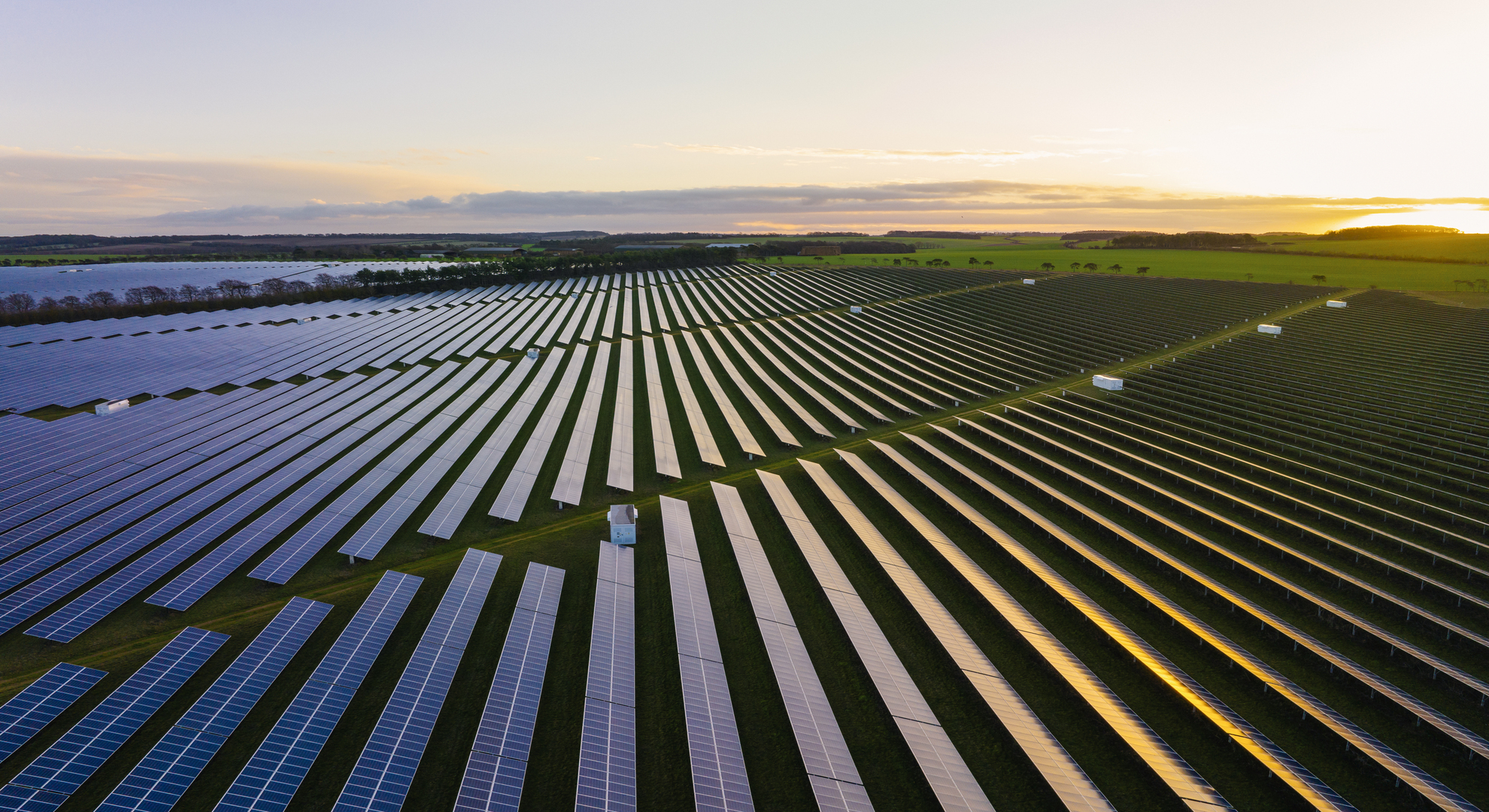
22 Mar How to reduce the amount of energy used by telecoms infrastructure?
Unfortunately, global warming and the environmental crisis it triggered don’t have a single root cause. Despite the enormous complexity involved, just about any policy, strategy or action likely to contribute to sustainability will always be welcomed with open arms if it can help reduce the impact of climate change. And given the ICT industry is responsible for somewhere between 2-3% of global energy consumption, according to recent data from Gartner, optimising that energy usage and introducing more sustainability into the sector will always carry unquestionable strategic weight.
Pushing for sustainable energy sources
Though it might sound obvious, one of the biggest ways we could reduce energy consumption in the telecommunications sector and contribute to reducing the carbon footprint would be to make a concerted effort to making the switch to green energy sources. Adding solar panels to communications technology facilities and infrastructure – including other alternatives, such as wind or biomass energy sources, for example – could see an immediate benefit. According to the International Energy Agency in a recent report, switching to renewable energy sources to run data centres would lead to at least an 80% reduction in associated carbon emissions.
Temperature management
Alongside adopting cleaner energy sources, if we were to introduce efficient temperature management and monitoring systems – given temperatures are usually very high in data centres, server rooms, and the like – the amount of energy consumed could be further reduced by between 10-12%, according to the same source. Using innovative equipment-cooling systems, whether through immersion or automated ambient temperature management, could be yet another solution to help derive further sustainability benefits.
Smartly monitoring energy usage
Another strategic benefit when it comes to energy policy can be found in automation. Thanks to the use of robots and other tools operated by artificial intelligence, it’s now possible to control how much energy is being used at all times and in real time, as well as exactly how it’s being used, whether there are any identifiable peaks and troughs in consumption patterns, and even if bringing in external sources is warranted.
A fundamental aspect of sustainability policymaking is to look beyond just the qualitative aspect of energy and its origins, and instead look towards optimising it when introducing new initiatives to telecommunications infrastructure. Besides all the above, there are a few different ideas that could contribute to much more efficient – and therefore environmentally-friendly – energy use:
- Optimising hardware. As the complexity of equipment and the needs of the industry increase, it’s not unusual to find that hardware is gradually consuming more and more energy these days. But neither is it unusual to find that the most modern hardware is more energy efficient than its predecessors. Telecommunications infrastructure must therefore always rely on the most up-to-date equipment.
- Using virtual servers. Opting for servers that aren’t physically present, meaning virtual servers or those in the Cloud, eliminates many of the sustainability constraints mentioned earlier, i.e. high energy usage rates in data centres, higher temperatures that have to be cooled, etc., so Cloud technology can be a real ally when aiming to cut down on your energy use.
- Designing networks with sustainability in mind. Before implementing any telecommunications infrastructure, it’s always worth planning the physical characteristics of the facility, ensuring that transmission distances, repeaters and any other elements involved in communication networks are designed to optimise the flow of data and avoid any potential loss of signal. And remember the golden rule: the greater the efficiency, the lower the energy consumption.

